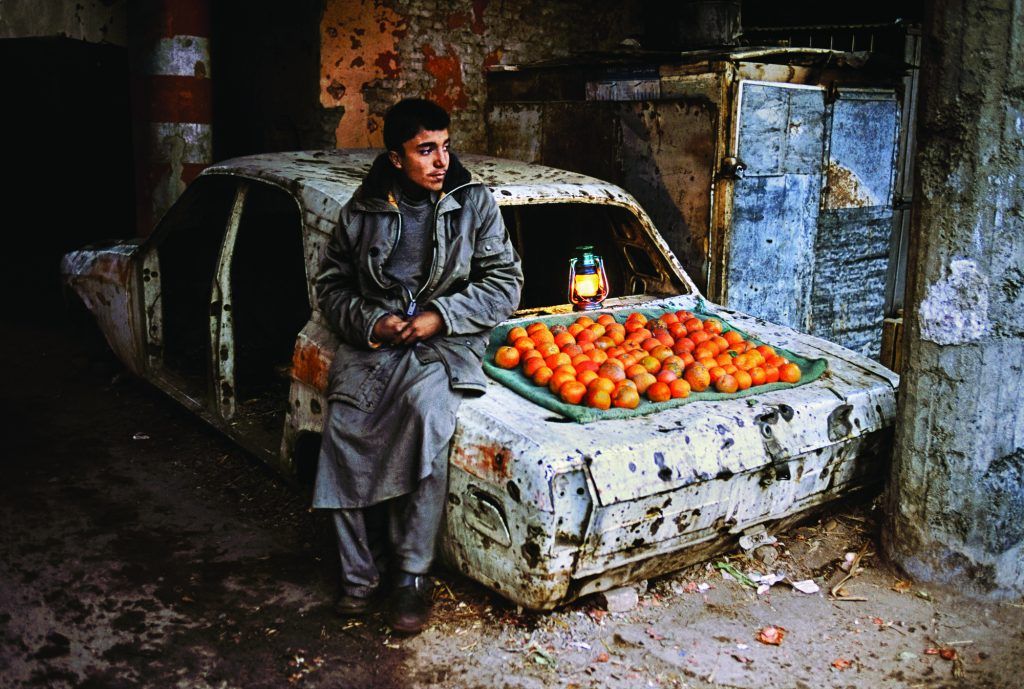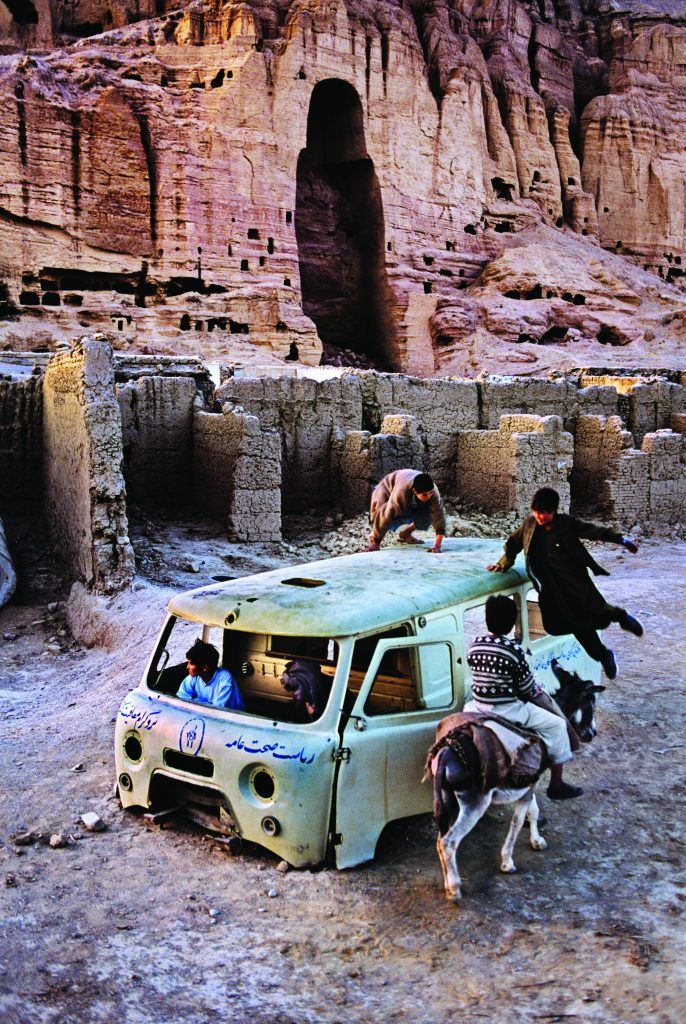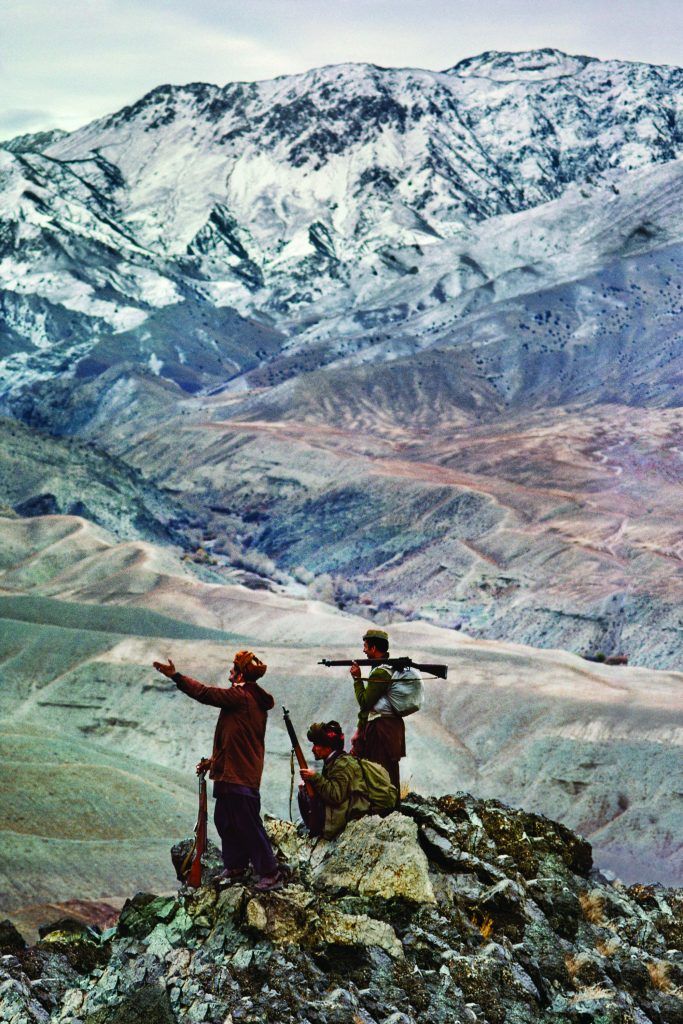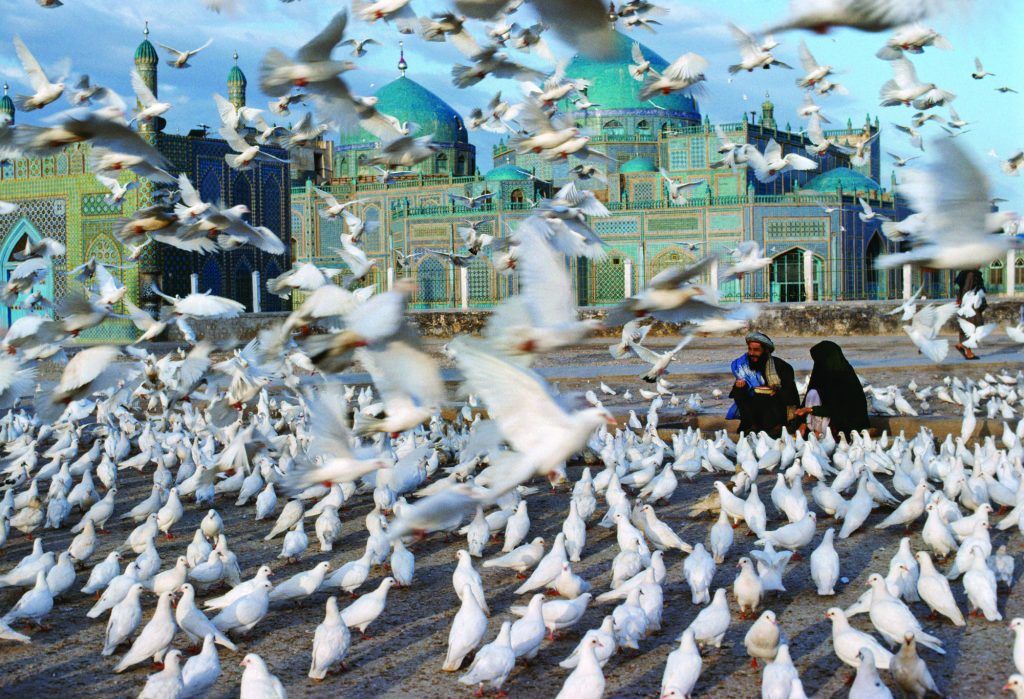War Rages On
After nearly 40 years and countless trips to the battle zones of Afghanistan, American photographer Steve McCurry has finally finished his latest body of work and book, Afghanistan… and it is nothing short of incredible.

In-between living in New York and spending time at his holiday home, McCurry has spent a large part of his career flying to and crossing the dangerous border into soviet-patrolled parts of Afghanistan. His inaugural venture in 1979 would set him up for a lifelong fascination with possibly one of the most dangerous, yet incredible, subject matters of the world in peril.
McCurry has said that the time he spent in Afghanistan was what made his reputation and opened the door for many other assignments. After his work began to be seen and distributed after his initial Afghanistan excursion, McCurry was commissioned to photograph two assignments in Pakistan for the National Geographic Society, which set him up for a long relationship with the company.
Photographing a body of work like Afghanistan is no task for the faint of heart, as the country has been constantly at war, and is showing no signs of slowing down since McCurry has been visiting, where numerous times he has feared for his life. “There was one particular time, when I was lying asleep and a huge bomb was dropped right next to where we were staying; it was so loud and shook the entire building… Then another time, I was picked up by a soldier and they held an AK-47 to my head threatening to kill me, but I managed to escape unharmed.” Events like this often leave people suffering from PTSD, but over his time, McCurry has developed a thick skin to cope with the sometimes scary and life-threatening situations he faces. That doesn’t mean he is completely immune, and, when returning from an assignment, he does experience emotional triggers. “The main thing that keeps me on edge after returning from a trip is hearing helicopters flying. It reminds me of when the helicopters would be flying low, looking for people, around the areas we would be hiding, and they would just open fire with massive machine guns and it would tear everything apart”.
McCurry took his most recognised portrait, “Afghan Girl”, in December 1984, of an approximately 12-year-old Pashtun orphan in the Nasir Bagh refugee camp near Peshawar, Pakistan. The image itself was named as “the most recognised photograph” in the history of the National Geographic magazine, and her face became famous as the cover photograph on the June 1985 issue.
The identity of the “Afghan Girl” remained unknown for more than 17 years, until McCurry and a National Geographic team located the woman, Sharbat Gula, in 2002. McCurry said: “Her skin is weathered; there are wrinkles now, but she is as striking as she was all those years ago.”
Now that McCurry has finished his Afghanistan book, he has no plans to head back there for a while. “I visited [Afghanistan] with my wife one time… I don’t have any plans to go back in the near future, but will definitely like to visit again, but not for a while.”
Like many photographers, McCurry’s subject matter and style is constantly changing, and closing the cover on his Afghanistan series means he can focus more on his many other photographic series and work. A major focus for McCurry at the moment is his ‘All Creatures Great and Small’ series – a series where McCurry is photographing animals with the same amount of compassion and in the same way as he would photograph portraiture of other people. And so far, the collection of works is, as expected, incredible. McCurry is most definitely one of the most iconic and recognisable National Geographic photographers, and his work speaks for itself.




Photography By Steve McCurry

